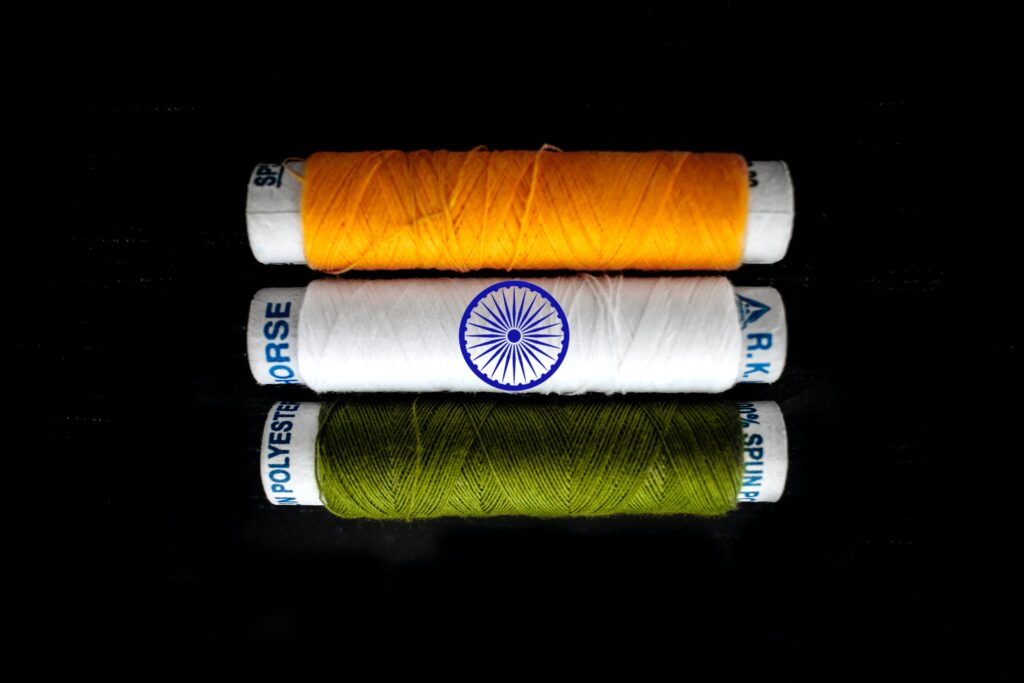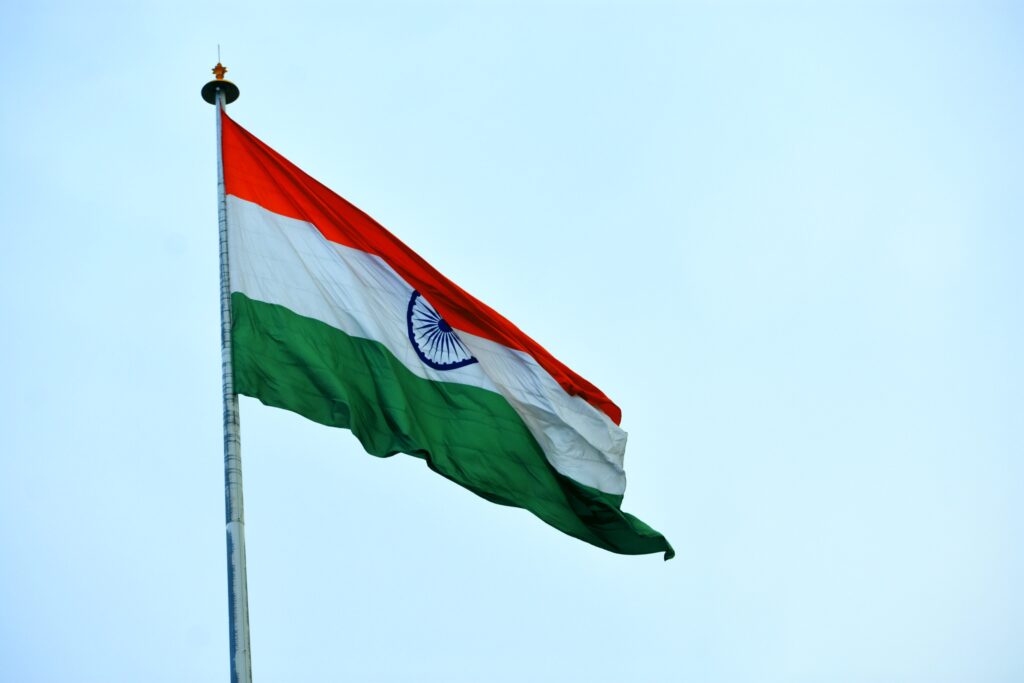Journey of Indian Flag Design
The Indian flag holds great significance as a national symbol, representing the ideals of unity and freedom. It serves as a powerful emblem that resonates with the hearts of millions of citizens. The historical backdrop and the need for a unique identity led to the evolution of the Indian flag design, which has gone through a series of transformations and deliberations to become the revered symbol it is today.
Evolution of the Indian Flag Design
Early Inspirations and Initial Attempts
During the Swadeshi movement, there was a strong desire among Indians to possess a distinct national flag that would symbolize their struggle for freedom. Various leaders of the Indian National Congress played pivotal roles in envisioning and designing a flag that would represent the aspirations of the Indian people. However, it wasn’t until the partition of Bengal in 1905 that the concept of the tricolor truly took shape.
Quest for the Perfect Representation
The process of developing the Indian flag design involved reviewing numerous submissions and designs from different individuals and organizations. Influenced by Mahatma Gandhi’s principles of simplicity and minimalism, the design began to shift towards a more straightforward and unifying approach. Embracing the symbolism of colors and their meanings became an integral part of the flag’s representation.
Selection of the Final Design
The final design of the Indian flag was ultimately adapted from the concept presented by Pingali Venkayya. His design included the spinning wheel (charkha) as a symbol of self-reliance and empowerment. This concept perfectly embodied the spirit of the Indian freedom struggle. Additionally, the tricolor with the Ashoka Chakra, inspired by Emperor Ashoka’s lion capital, was chosen to represent India’s rich historical and cultural heritage.
Deconstructing the Indian Flag Design
Elements of the Indian Flag
The Indian flag consists of three horizontal stripes: saffron at the top, white in the middle, and green at the bottom. Each color holds its own symbolism. Saffron represents courage and sacrifice, while white symbolizes peace and truth. Green signifies fertility, growth, and auspiciousness. These colors together reflect the diversity, harmony, and vibrancy of the Indian nation.
The Ashoka Chakra, a navy blue wheel with 24 spokes, is placed at the center of the white stripe. It has a deep historical background and is associated with Emperor Ashoka, who embraced the principles of non-violence and tolerance. The 24 spokes of the Ashoka Chakra represent the cycle of life and symbolize the virtues of righteousness, courage, and selflessness.
Proportions, Measurements, and Rules for Accurate Flag Reproduction
The Indian flag follows specific proportions and measurements to ensure its accurate reproduction. Its ratio is 2:3, meaning that the length of the flag is 1.5 times its width. The saffron, white, and green stripes are of equal size, covering one-third of the length each. The Ashoka Chakra is drawn at the center of the white stripe, occupying one-fourth the diameter of the flag.
The flag is not just a simple piece of cloth; it is a revered national symbol. Therefore, there are strict rules and protocols governing its handling and display. It should never be used as a decoration or clothing item. When the flag is hoisted, it must be done with utmost respect and care, ensuring that it never touches the ground.
The Flag’s Symbolism to the Indian Nation
Unity in Diversity: Reflecting the Nation’s Multicultural Fabric
The Indian flag stands as a powerful emblem of the country’s unity in diversity. With its tricolor representing the beauty of harmony among different cultures, languages, and religions, it symbolizes the collective identity of the Indian nation. The flag fosters a sense of shared values, respect, and inclusivity among its citizens.
Struggle for Independence and National Pride
The Indian flag holds immense historical significance, representing the long and arduous journey towards independence. It symbolizes the sacrifices made by countless freedom fighters and their relentless efforts to break free from colonial rule. The flag fills the hearts of every Indian with a sense of pride, reminding them of their hard-fought freedom and the continuing commitment to preserving it.
Continual Progress towards a Democratic and Inclusive Society
The Indian flag serves as a constant reminder of the nation’s ongoing pursuit of progress and growth. It embodies the principles of democracy, unity, and social justice. The flag inspires citizens to work together towards building a society that is inclusive, egalitarian, and upholds the values of liberty and equality.
The Legacy and Usage of the Indian Flag
Historical Milestones Involving the Flag
The first hoisting of the tricolor held tremendous significance, evoking a wave of patriotism and unity among the masses. The flag has been an integral part of significant historic events in India, such as the Dandi March and the August Kranti Movement, symbolizing the collective spirit of resistance and the fight against oppression. Several protocols and etiquettes have been established to honor the national symbol, including saluting the flag and singing the national anthem when it is unfurled.
The Indian Flag in Contemporary Society
Today, the Indian flag continues to hold a prominent position in contemporary society. It is prominently displayed during national holidays and public events, evoking a sense of pride and patriotism among the citizens. The flag is a common sight in government institutions, educational spaces, and public gatherings, symbolizing the strength and resilience of the Indian nation.
Teaching the significance of the flag to the younger generation is vital in instilling a sense of national pride and identity. Schools across the country educate students about the Indian flag’s historical and cultural importance, fostering a deep understanding and reverence for the national symbol.
Conclusion
The Indian flag’s design journey is a fascinating tapestry woven with historical significance, cultural symbolism, and the aspirations of a nation. It represents the spirit of unity, freedom, and progress that the Indian people hold dear. As the flag continues to flutter proudly across the nation, it serves as a constant reminder of the ideals and values that define the Indian identity. The design choices and symbolism embedded within the flag resonate with every citizen, fostering a sense of national unity, pride, and the shared vision of a diverse yet harmonious society.







